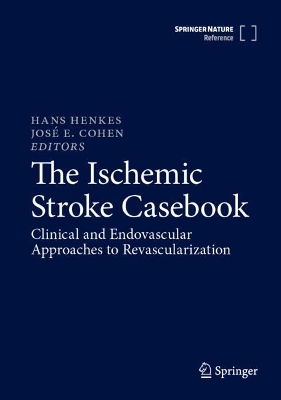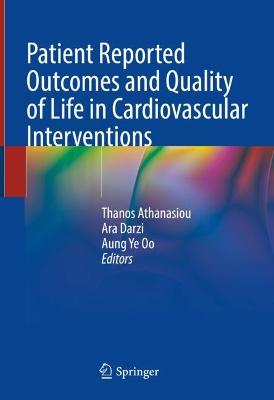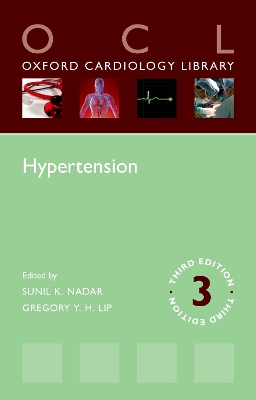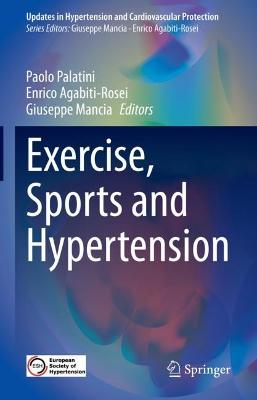Principles of Dialysis Access
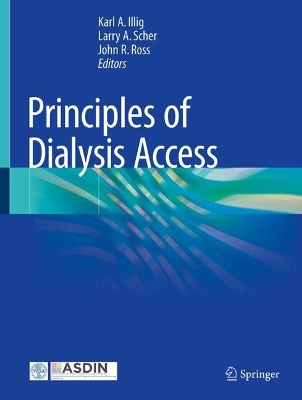 portes grátis
portes grátis
Principles of Dialysis Access
Ross, John R.; Scher, Larry A.; Illig, Karl A
Springer International Publishing AG
12/2024
587
Dura
9783031705137
Pré-lançamento - envio 15 a 20 dias após a sua edição
Descrição não disponível.
Chapter 1. ESRD - Scope of the problem.- Chapter 2. History of Dialysis and Dialysis Access.- Chapter 3. Principles of Hemodialysis and Peritoneal Dialysis.- Chapter 4. Anatomy of Hemodialysis Access.- Chapter 5. History and Physical Examination for Access Planning.- Chapter 6. Ultrasound for Hemodialysis Access Planning.- Chapter 7. General Decision Making for Hemodialysis Access Planning.- Chapter 8. Anesthesia for Dialysis Access.- Chapter 9. Radiation Safety in Hemodialysis.- Chapter 10. Dialysis Catheters: General Principles.- Chapter 11. Placement and Maintenance of Tunneled Hemodialysis Catheter.- Chapter 12. Complications of Hemodialysis Catheters.- Chapter 13. Morbidity of Central Venous Catheters Versus Time: Implications for Access Decision Making.- Chapter 14. Who is truly catheter dependent?.- Chapter 15. Radiocephalic and Brachiocephalic Fistulae.- Chapter 16. Proximal Radial Artery Arteriovenous Fistulae.- Chapter 17. Basilic Vein Transposition.- Chapter 18. Percutaneous Fistula Creation.- Chapter 19. Endovascular Fistula Creation.- Chapter 20. Lower Extremity Autologous Fistulas.- Chapter 21. Unusual Autologous Access Options.- Chapter 22. Avoiding Early Failure in Arteriovenous Fistulas.- Chapter 23. AV fistula maturation.- Chapter 24. AV fistula results.- Chapter 25. Prosthetics and today's biomaterials.- Chapter 26. Upper extremity AV grafts.- Chapter 27. The HeRO graft.- Chapter 28. Lower extremity grafts.- Chapter 29. AV Graft Results.- Chapter 30. The Future of AV Grafts.- Chapter 31. Surveillance strategies. Chapter 32. Strategies and techniques for optimal cannulation.- Chapter 33. Evaluation of a patient with AV access problems.- Chapter 34. Hand Dysfunction Following Arteriovenous Access Creation.- Chapter 35. Hemodialysis Access-Induced Distal Ischemia (HAIDI).- Chapter 36. The Difficult to Cannulate Hemodialysis Access.- Chapter 37. Low Flow and Inefficient Dialysis.- Chapter 38. High Pressure and the Swollen Arm.- Chapter 39. Hemodialysis Access-associated Venous Thoracic Outlet Syndrome.- Chapter 40. Intrathoracic Venous Stenosis and Occlusion.- Chapter 41. The Bleeding Access.- Chapter 42. The Clotted Access.- Chapter 43. The Infected Access.- Chapter 44. The Aneurysmal Access.- Chapter 45. Patient Evaluation for Peritoneal Dialysis.- Chapter 46. Placement of Access and Initial Use.- Chapter 47. Trouble Shooting in Patients with Peritoneal Dialysis.- Chapter 48. Reporting Standards and Outcomes Assessment in Dialysis Access.- Chapter 49. Dialysis Access in the Pediatric Population.- Chapter 50. Dialysis Access Considerations for Patients Awaiting Kidney transplantation.- Chapter 51. Management of the access after kidney transplantation.- Chapter 52. Cardiovascular Implantable Electronic Devices and Dialysis Access.- Chapter 53. The difficult access patient.- Chapter 54. Catheter Last Versus Fistula First.- Chapter 55. Fistulas versus grafts - what are the outcomes?.- Chapter 56. Home dialysis.- Chapter 57. Professional communication in dialysis access.- Chapter 58. Dialysis Access in Resource Limited Environments.- Chapter 59. Economics of Dialysis Vascular Access.- Chapter 60. Education in Dialysis Access.- Chapter 61. The Comprehensive Dialysis Access Center (CDAC).
Este título pertence ao(s) assunto(s) indicados(s). Para ver outros títulos clique no assunto desejado.
Dialysis management;AV Access;Peritoneal dialysis;Hemodialysis;AV grafts;AV fistulae;Principles of dialysis
Chapter 1. ESRD - Scope of the problem.- Chapter 2. History of Dialysis and Dialysis Access.- Chapter 3. Principles of Hemodialysis and Peritoneal Dialysis.- Chapter 4. Anatomy of Hemodialysis Access.- Chapter 5. History and Physical Examination for Access Planning.- Chapter 6. Ultrasound for Hemodialysis Access Planning.- Chapter 7. General Decision Making for Hemodialysis Access Planning.- Chapter 8. Anesthesia for Dialysis Access.- Chapter 9. Radiation Safety in Hemodialysis.- Chapter 10. Dialysis Catheters: General Principles.- Chapter 11. Placement and Maintenance of Tunneled Hemodialysis Catheter.- Chapter 12. Complications of Hemodialysis Catheters.- Chapter 13. Morbidity of Central Venous Catheters Versus Time: Implications for Access Decision Making.- Chapter 14. Who is truly catheter dependent?.- Chapter 15. Radiocephalic and Brachiocephalic Fistulae.- Chapter 16. Proximal Radial Artery Arteriovenous Fistulae.- Chapter 17. Basilic Vein Transposition.- Chapter 18. Percutaneous Fistula Creation.- Chapter 19. Endovascular Fistula Creation.- Chapter 20. Lower Extremity Autologous Fistulas.- Chapter 21. Unusual Autologous Access Options.- Chapter 22. Avoiding Early Failure in Arteriovenous Fistulas.- Chapter 23. AV fistula maturation.- Chapter 24. AV fistula results.- Chapter 25. Prosthetics and today's biomaterials.- Chapter 26. Upper extremity AV grafts.- Chapter 27. The HeRO graft.- Chapter 28. Lower extremity grafts.- Chapter 29. AV Graft Results.- Chapter 30. The Future of AV Grafts.- Chapter 31. Surveillance strategies. Chapter 32. Strategies and techniques for optimal cannulation.- Chapter 33. Evaluation of a patient with AV access problems.- Chapter 34. Hand Dysfunction Following Arteriovenous Access Creation.- Chapter 35. Hemodialysis Access-Induced Distal Ischemia (HAIDI).- Chapter 36. The Difficult to Cannulate Hemodialysis Access.- Chapter 37. Low Flow and Inefficient Dialysis.- Chapter 38. High Pressure and the Swollen Arm.- Chapter 39. Hemodialysis Access-associated Venous Thoracic Outlet Syndrome.- Chapter 40. Intrathoracic Venous Stenosis and Occlusion.- Chapter 41. The Bleeding Access.- Chapter 42. The Clotted Access.- Chapter 43. The Infected Access.- Chapter 44. The Aneurysmal Access.- Chapter 45. Patient Evaluation for Peritoneal Dialysis.- Chapter 46. Placement of Access and Initial Use.- Chapter 47. Trouble Shooting in Patients with Peritoneal Dialysis.- Chapter 48. Reporting Standards and Outcomes Assessment in Dialysis Access.- Chapter 49. Dialysis Access in the Pediatric Population.- Chapter 50. Dialysis Access Considerations for Patients Awaiting Kidney transplantation.- Chapter 51. Management of the access after kidney transplantation.- Chapter 52. Cardiovascular Implantable Electronic Devices and Dialysis Access.- Chapter 53. The difficult access patient.- Chapter 54. Catheter Last Versus Fistula First.- Chapter 55. Fistulas versus grafts - what are the outcomes?.- Chapter 56. Home dialysis.- Chapter 57. Professional communication in dialysis access.- Chapter 58. Dialysis Access in Resource Limited Environments.- Chapter 59. Economics of Dialysis Vascular Access.- Chapter 60. Education in Dialysis Access.- Chapter 61. The Comprehensive Dialysis Access Center (CDAC).
Este título pertence ao(s) assunto(s) indicados(s). Para ver outros títulos clique no assunto desejado.



